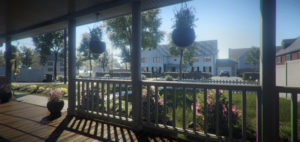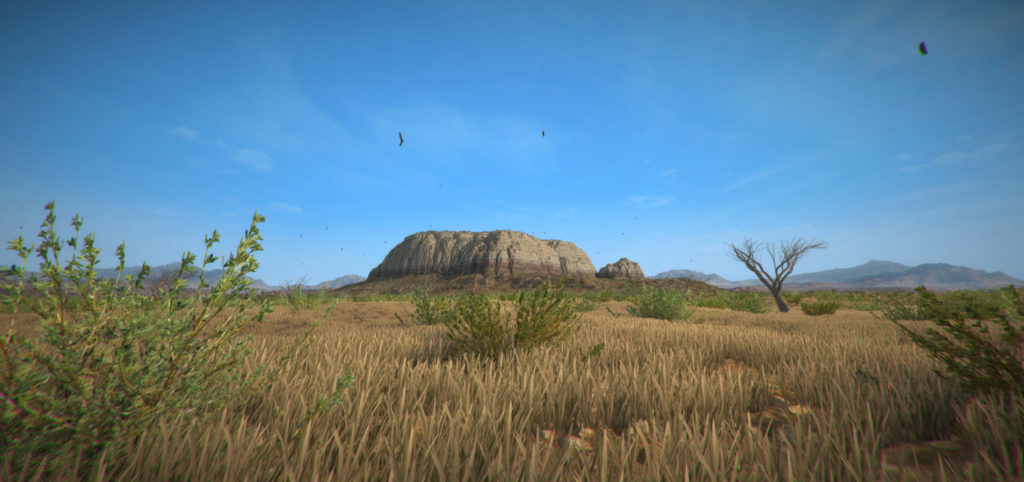HVS 6D VR allows you to create highly controlled and completely replicable naturalistic, real-world environments for human behavioral experiments, rehabilitation and therapy. It automatically and consistently identifies and quantifies behaviors allowing measurement and analysis of factors like movement, activity, attention, interaction and participant behavior. Optionally, it can be used to induce brain states and emotions that can be objectively measured by physical measures such as EEG, heart rate and skin conductivity, using biofeedback to tailor the VR experience or task in real time, in response to how the participant is doing.
Uses include studies and therapies relating to cognitive function, spatial learning, memory, Alzheimer’s disease and other dementias, stroke and amputee rehabilitation (e.g. mirror therapy and non-symmetrical equivalent), PTSD, anxiety, depression, phobias (e.g. using the principles of exposure therapy and cognitive behavior therapy), relaxation, pain management, veteran rehabilitation. Users include the MEEI Harvard Medical School Hospital, Vanderbilt University School of Medicine, Niigata University Faculty of Medicine and the US Department for Veterans Affairs.
:
In addition HVS 6D VR allows virtual reality simulation of animal paradigms in humans including human virtual reality Morris water maze VRMWM and just about any animal protocol behavior experiment you can think of.

Subjects wear an HTC Vive or Oculus headset, and navigate either by simulating walking on our omnidirectional treadmill (with safety rail) or portable treadplate, by moving around an empty area, by making a sound (e.g. by voice), or by using handheld controllers, gamepad or keyboard. The treadmill and treadplate allow the participant to change direction as well as moving forward, providing proprioceptive input, and allow the virtual environment to be of unlimited size. Moving around an empty space is recommended for participants for whom the treadmill is impractical, for example those using wheelchairs. The virtual reality headset allows the subject to look around the environment, with head turning providing vestibular input.
The participant’s position and movement through the virtual environment is tracked by the HVS Image software, which gives path plots and scientific measures and analyses equivalent to those used in equivalent animal paradigms or as appropriate for the specific task or therapy.
Drone’s eye view of the HVS 6D VR luxurious apartment. The 2D video does not do justice to the the VR experience but is provided for illustration.
Because of the technology and design of the environments the experience is vastly different from an on-screen “virtual reality” experience or even a cheap headset or cellphone based experience. It is hugely more immersive and “Matrix-like” in much the same way that a movie in a cinema is more convincing than a youtube video viewed on an older generation cell phone. See ” Read about when VR experiments are not real VR at all” and “How hard could it be?”
The powerful HVS 6D VR software runs on a high spec laptop for quality and portability. Experiments or tasks can be set up and analysed on this or on a separate device.
Since you can’t experience HVS 6D VR yourself via a 2D screen, we hope this video of participants reacting will give you some insight:
Interested in Alzheimer’s Wandering? Use our real world
environments filled with realistic distractions, sounds and hazards:


Learn about HVS Image Virtual Reality Morris Water Maze for humans
Read about HVS Image 6D VR in American Laboratory Magazine